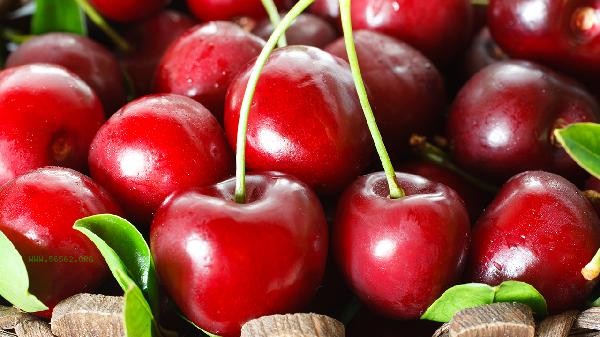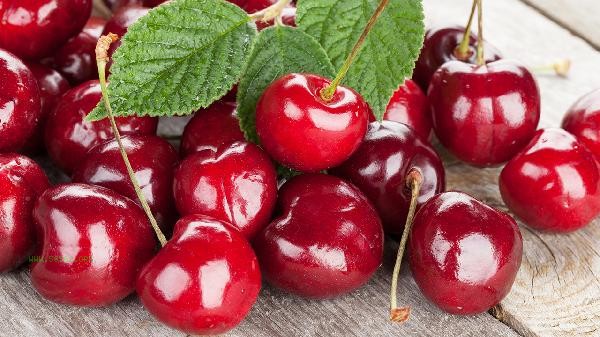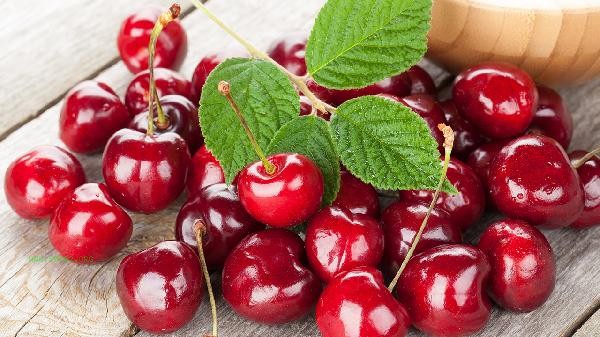Cherry is one of the cultivated varieties of cherries, belonging to the Rosaceae family and the Prunus genus. The fruit is dark red or purple red in color, with thick and juicy flesh, rich in nutrients such as vitamin C, iron, and anthocyanins.

1. Variety characteristics
Cherries mainly refer to high-quality varieties of European sweet cherries, which have the characteristics of large fruit diameter, long fruit stalk, and tough skin compared to domestic cherries. Common varieties include Binying, Rabins, etc. The maturity period is concentrated in summer, with strong storage and transportation resistance, suitable for long-distance transportation and preservation sales.
II. Core Production Areas
Chile, the United States, Canada and other countries are the main production areas, among which Chilean cherries dominate the domestic winter market due to their off-season supply advantage. Shandong, Liaoning and other places in China have also introduced planting, but the scale is relatively small.
III. Nutritional Value
Each 100 grams of cherries contains about 7 milligrams of vitamin C, 222 milligrams of potassium, and antioxidant substances such as anthocyanins and quercetin. Its iron content is particularly prominent in fruits, and moderate consumption can help improve symptoms of iron deficiency anemia.

IV. Contraindications
diabetes patients need to control their intake, and it is recommended that no more than 15 pills be taken at a time. The fruit core contains trace amounts of cyanogenic glycosides, which should be avoided from being crushed and swallowed. Some people may be allergic to cherries, manifested as symptoms such as swelling of the oral mucosa or itching of the skin.
V. Selection Method
High quality cherries have a green and upright stem, smooth and wrinkle free skin, and a uniform deep red color. When pressed, the flesh is firm and elastic, and if it is too soft, it may have spoiled. When storing, it should be kept dry and refrigerated. After cleaning, it should be consumed as soon as possible.

It is recommended to consume no more than 200 grams per day and can be paired with yogurt, oats, and other nutritional supplements. Pay attention to checking the customs quarantine certificate when purchasing to avoid purchasing packaging products with damaged or leaking skin. Kidney disease patients need to control their intake under the guidance of a doctor, as cherries with high potassium content may affect electrolyte balance. Eating a large amount on an empty stomach may irritate the gastrointestinal mucosa, and it is recommended to consume it 1 hour after a meal.








Comments (0)
Leave a Comment
No comments yet
Be the first to share your thoughts!